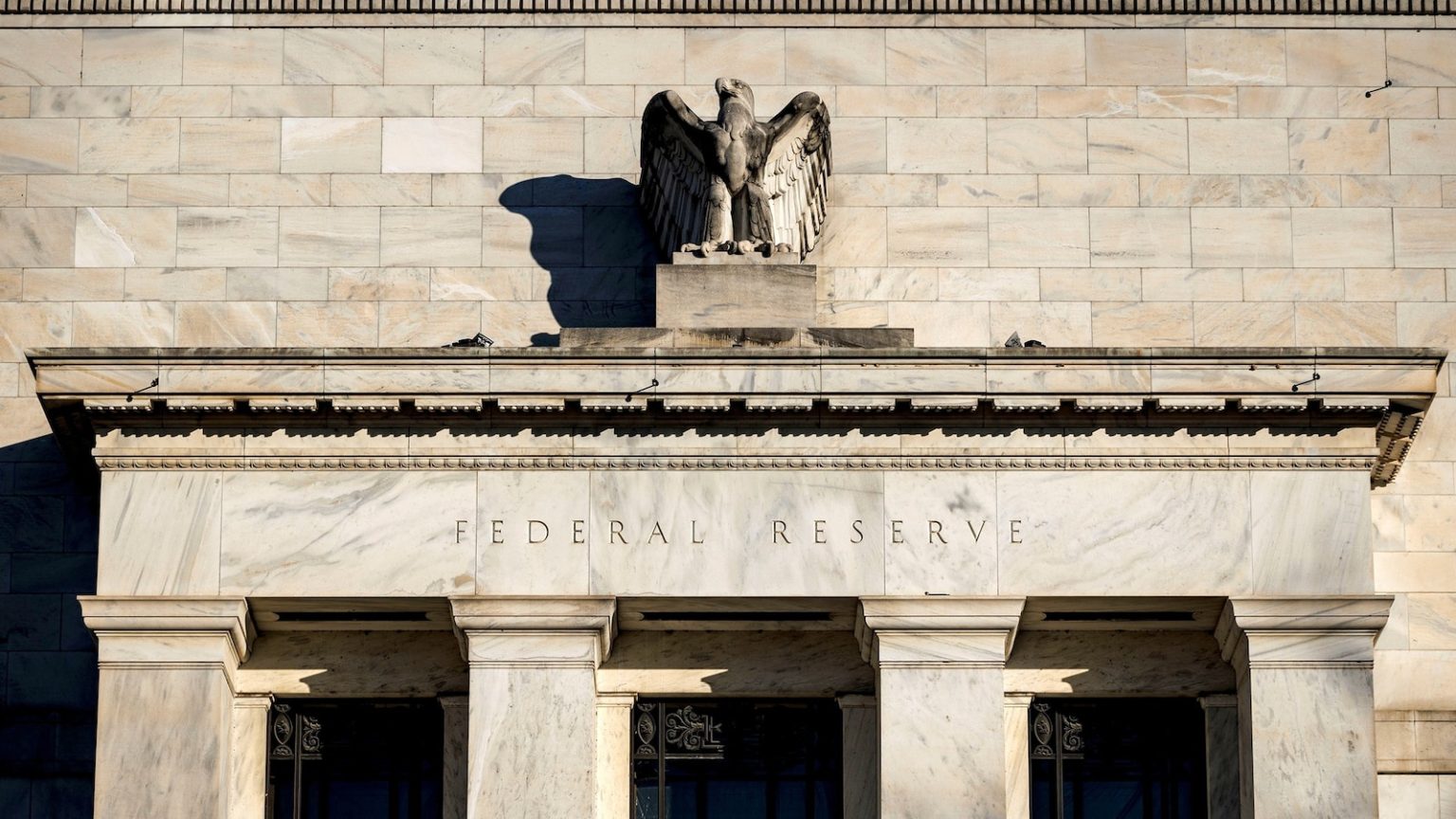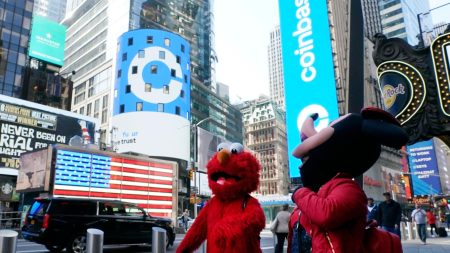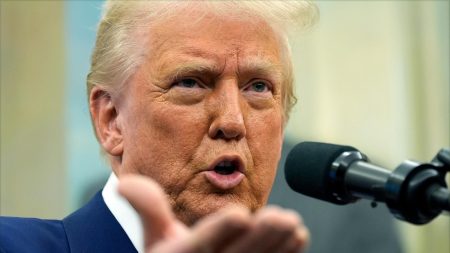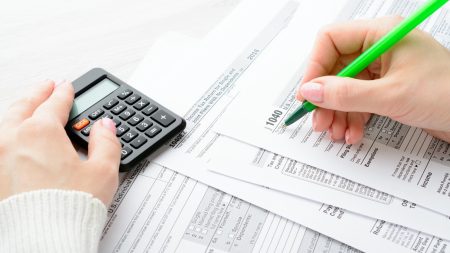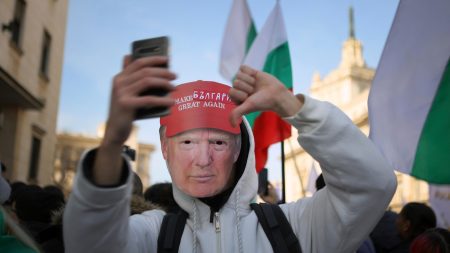The Federal Reserve Keeps Interest Rates Steady Amid Tensions with President Trump
In a move that has heightened tensions between the Federal Reserve and the White House, the Fed decided to keep interest rates unchanged during its latest policy meeting on Wednesday. This decision came just days after President Donald Trump publicly called on the central bank to lower interest rates. The Fed’s announcement has put it on a potential collision course with the President, even though the central bank has historically maintained its independence from political interference. Fed Chair Jerome Powell addressed the media at a press conference in Washington, D.C., where he declined to comment directly on Trump’s request, stating it would be “inappropriate” to respond. Powell emphasized that the Fed would continue its work as usual, using its tools to achieve its mandated goals. He also revealed that he had no direct contact with Trump since the President’s call for lower rates last week.
The Fed’s Dual Mandate: Balancing Employment and Inflation
The Federal Reserve’s decision to maintain current interest rates marks a pause in its recent trend of rate cuts, which included three consecutive reductions in the final months of 2024. The Federal Open Market Committee (FOMC), the Fed’s policymaking body, highlighted that the central bank remains vigilant about two key concerns: the potential rise in unemployment and the risk of inflation surging. According to the FOMC, inflation is currently at a moderately elevated level, while unemployment remains historically low. These two factors—employment and inflation—are central to the Fed’s “dual mandate,” which guides its policy decisions. The FOMC noted that the risks to achieving these goals are “roughly in balance,” though it acknowledged uncertainty in the economic outlook.
Trump’s Demands for Lower Rates and Oil Prices
President Trump has been vocal about his desire for lower interest rates, a stance he reiterated during a virtual address to the World Economic Forum in Davos, Switzerland, last week. Trump also called on Saudi Arabia and the Organization of the Petroleum Exporting Countries (OPEC) to reduce oil prices, suggesting that lower oil prices would allow the Fed to ease its fight against inflation and cut interest rates. “I’m going to ask Saudi Arabia and OPEC to bring down the cost of oil,” Trump said, adding, “With oil prices going down, I’ll demand that interest rates drop immediately.” However, it’s important to note that the U.S. is not a member of OPEC, and the President has no direct influence over the organization’s decisions regarding oil prices.
A Historical Context: Presidential Influence on the Fed
While Trump’s public demands for lower interest rates are unconventional, they are not without precedent. Several past presidents have attempted to influence the Fed’s monetary policy, though the central bank has maintained its independence as a matter of principle. Trump himself has a history of advocating for lower rates, dating back to his first term in office. In August, while on the campaign trail, Trump suggested that the President should play a role in setting interest rates, a view that starkly contrasts with the Fed’s tradition of independence. When asked in November whether he would resign if Trump requested it, Fed Chair Jerome Powell responded categorically, “No.” Powell also clarified that the President cannot fire or demote him, stating, “Not permitted under the law.”
The Fed’s Recent Policy Shifts and Future Outlook
Over the final months of 2024, the Fed had been cutting interest rates aggressively, lowering them by a full percentage point. However, the central bank’s benchmark rate remains at a historically high level of 4.25% to 4.5%. In recent months, the Fed has signaled a more cautious approach to further rate cuts, partly due to the resurgent inflation seen in late 2024. Powell explained that some policymakers are exercising caution due to uncertainties tied to potential policy changes under Trump. “It’s common-sense thinking that when the path is uncertain, you get a little slower,” Powell said, comparing the situation to driving in fog or navigating a dark room.
The Implications of Trump’s Influence on the Fed’s Independence
The tension between the Fed and the White House raises important questions about the central bank’s independence and its ability to withstand political pressure. While the Fed has historically operated autonomously, Trump’s repeated calls for lower rates have brought this norm into the spotlight. The President’s comments on oil prices and interest rates also highlight the interconnectedness of global economic factors and U.S. monetary policy. As the 2025 election approaches, the dynamic between Trump and the Fed is likely to remain a critical area of focus, with potential implications for both the economy and the central bank’s reputation for independence.





